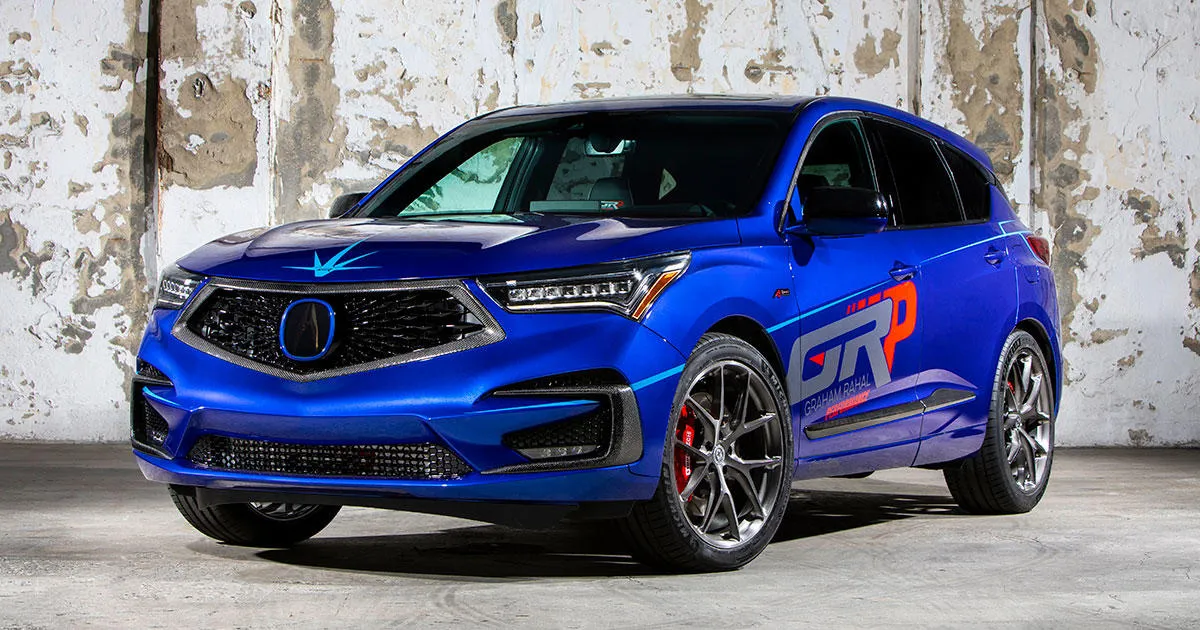Hydrogen cars generate their own electricity onboard instead of using batteries, and can travel much further on one tank of hydrogen than electric cars can.
Toyota, Honda and Hyundai all provide hydrogen fuel cell vehicles in the US; Hyperion Motors has released their supercar known as the XP-1 as well which operates off hydrogen energy.
Toyota Mirai
The Mirai is the world’s first truly zero-emission vehicle to hit the roads. Powered by its fuel cell stack, which converts hydrogen and oxygen into electricity without emitting harmful tailpipe emissions, only water and heat remain as byproducts.
Toyota’s second-generation Mirai features an advanced fuel cell electric drive system combined with high efficiency rear wheel drive and dual hydrogen tanks. Its powertrain layout has been optimized to distribute weight evenly front to rear, and its stack is smaller and lighter for underfloor storage.
Toyota used carbon fiber-reinforced plastic and other advanced materials to minimize their weight and durability; hydrogen storage takes less than five minutes per refilling process. Finally, this car features the latest Toyota Teammate safety and driver assistance features.
BMW iX5 Hydrogen
With full-electric cars becoming an ever-increasing part of production lines and global recharging networks, it may come as no surprise that BMW would explore hydrogen as a hedged bet. A pilot fleet of iX5 Hydrogens are already traversing the globe; Drive had the pleasure of taking one out for a spin at an old Holden proving ground in Melbourne’s south-east.
The iX5 Hydrogen runs on hydrogen stored in two tanks and boasts an official driving range of 313 miles on Europe’s Worldwide Harmonised Light Vehicle Test Procedure cycle. In addition, its small battery provides power backup where necessary from its fuel cell as well as using regenerative braking to recharge itself.
BMW advocates hydrogen as an efficient solution for apartment dwellers, long-distance travellers and those towing heavy loads. According to BMW’s estimates, its fuel cells require 100kg fewer raw materials and 90 percent fewer critical raw materials compared with an electric battery vehicle (BEV).
Honda CR-V e
Honda’s 2024 CR-V e is its inaugural passenger car to utilize its second-generation fuel cell system, co-developed with General Motors and produced at their Fuel Cell System Manufacturing, LLC (FCSM) plant in Michigan. Initial production will only involve producing 2,000 of them; customers are more likely to lease rather than buy.
Underneath the rear seat and cargo floor lies a pair of tanks storing compressed hydrogen that feed a fuel cell, producing electricity which powers an electric motor and stores that energy in its battery pack.
Honda claims that the CR-V e is an impressive and comfortable SUV that delivers all of the benefits associated with electrified SUVs, including long driving range and short hydrogen refueling time, without making any concessions to traditional SUVs. Furthermore, plug-in functionality enables charging of its onboard battery both at home and public charging stations – although unfortunately only front wheel drive models are currently available. Otherwise it makes for a very impressive and desirable drive!
Mercedes-Benz B-Class Hydrogen
While we still need time for the full deployment of hydrogen refilling stations to arrive, Mercedes-Benz’s GLC F-Cell fuel cell vehicle has reached production maturity. Mercedes-Benz designed it to comply with both internal safety standards as well as legal and environmental compliance criteria.
The engine, transmission and fuel tank have been removed to create a cavity for three carbon fiber hydrogen tanks and a fuel cell stack which power an electric motor that drives the front wheels. Engineers at Benz have made significant strides towards shrinking cell size while increasing power output and improving cold weather performance.
Inside, it feels very similar to driving an ordinary B-Class: There may be a small delay when applying the brake, but acceleration and deceleration feel similar to an internal combustion engine (ICE) car.




